Intro
Learn about earwax, medically known as cerumen, and its role in ear health, including removal methods and related conditions like impaction and ear infections, to understand its importance.
The human body is a complex and fascinating system, with many processes and components working together to maintain our overall health and well-being. One of these components is earwax, a substance that is often overlooked but plays a crucial role in protecting our ears and maintaining our hearing health. In medical terms, earwax is known as cerumen, and it is a natural substance produced by the glands in the ear canal.
Earwax is made up of a combination of dead skin cells, hair, and other debris, as well as a type of wax called ceruminous wax. This wax is produced by the ceruminous glands, which are located in the ear canal and are responsible for producing a type of sweat that helps to keep the ear canal moist and protected. The earwax itself is usually a yellowish or brownish color and has a thick, sticky consistency.
Despite its importance, earwax is often viewed as a nuisance or a sign of poor hygiene. However, this couldn't be further from the truth. Earwax is a natural and essential part of our ear health, and it plays a crucial role in protecting our ears from dirt, dust, and other foreign particles. It also helps to keep the ear canal moist and lubricated, which can help to prevent dryness and irritation.
What is Earwax Made Of?
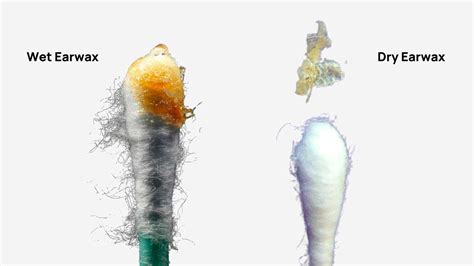
In addition to ceruminous wax, earwax also contains other substances such as cholesterol, fatty acids, and other lipids. These substances help to give earwax its characteristic texture and consistency. Earwax also contains a type of protein called keratin, which is the same protein that makes up human hair and nails.
The exact composition of earwax can vary from person to person, and it can also change over time. For example, the earwax of older adults may be drier and more brittle than that of younger people. This is because the ceruminous glands produce less wax as we age, which can lead to dryness and irritation in the ear canal.
Functions of Earwax

Earwax also helps to keep the ear canal moist and lubricated. This can help to prevent dryness and irritation, and can also make it easier to clean the ear canal. The earwax can also help to protect the ear canal from bacteria and other microorganisms, which can cause infections and other problems.
In addition to these functions, earwax can also help to regulate the pH balance of the ear canal. The earwax has a slightly acidic pH, which can help to prevent the growth of bacteria and other microorganisms. This can help to keep the ear canal healthy and free from infection.
Importance of Earwax in Ear Health
The importance of earwax in ear health cannot be overstated. Without earwax, the ear canal would be vulnerable to dirt, dust, and other foreign particles, which could cause damage and lead to infections. The earwax also helps to keep the ear canal moist and lubricated, which can help to prevent dryness and irritation.In addition to these functions, earwax can also help to protect the ear canal from bacteria and other microorganisms. This can help to keep the ear canal healthy and free from infection, and can also help to prevent the spread of infection to other parts of the body.
Benefits of Earwax
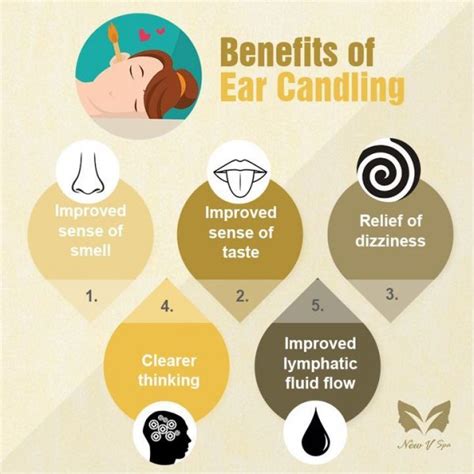
Earwax can also help to keep the ear canal moist and lubricated. This can help to prevent dryness and irritation, and can also make it easier to clean the ear canal. The earwax can also help to regulate the pH balance of the ear canal, which can help to prevent the growth of bacteria and other microorganisms.
In addition to these benefits, earwax can also help to protect the ear canal from bacteria and other microorganisms. This can help to keep the ear canal healthy and free from infection, and can also help to prevent the spread of infection to other parts of the body.
How to Keep Earwax Healthy
There are a number of ways to keep earwax healthy. One of the most important things is to avoid using cotton swabs or other objects to clean the ear canal. This can push the earwax further into the ear canal and cause damage or infection.Instead, it is recommended to clean the outer ear with a washcloth or soap and water. This can help to remove dirt and other debris from the outer ear, without pushing the earwax further into the ear canal.
It is also important to avoid using ear drops or other medications that can dry out the ear canal. This can cause dryness and irritation, and can also lead to infection.
Earwax Removal
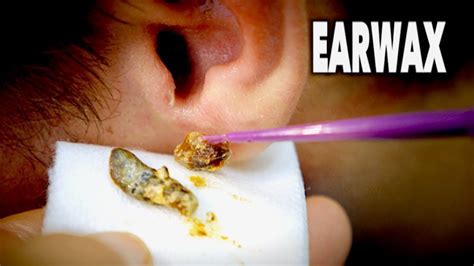
Ear drops can help to loosen and remove earwax, and can be used in conjunction with other methods such as irrigation. Irrigation involves using a syringe or other device to flush out the ear canal with water or other fluid.
Manual removal involves using a special tool to remove the earwax from the ear canal. This should only be done by a healthcare professional, as it can be difficult to remove the earwax safely and effectively.
Risks of Earwax Removal
There are a number of risks associated with earwax removal. One of the main risks is that the earwax can be pushed further into the ear canal, causing damage or infection.There is also a risk of perforating the eardrum, which can lead to hearing loss and other complications. This is why it is so important to have earwax removed by a healthcare professional, who can do it safely and effectively.
Earwax Impaction
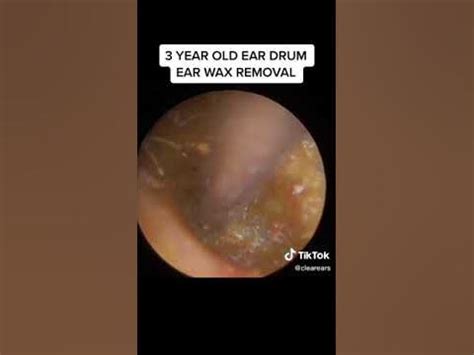
Earwax impaction can be caused by a number of factors, including the use of cotton swabs or other objects to clean the ear canal. This can push the earwax further into the ear canal and cause a blockage.
Earwax impaction can also be caused by the production of excess earwax, which can be a result of a number of factors such as age, genetics, and certain medical conditions.
Symptoms of Earwax Impaction
The symptoms of earwax impaction can vary, but may include hearing loss, earache, and itching or discomfort in the ear. There may also be a feeling of fullness or blockage in the ear, and the ear may feel plugged or stuffy.In some cases, earwax impaction can also cause tinnitus, which is a ringing or other noise in the ear. This can be a symptom of a more serious condition, and should be evaluated by a healthcare professional.
Diagnosis of Earwax Impaction
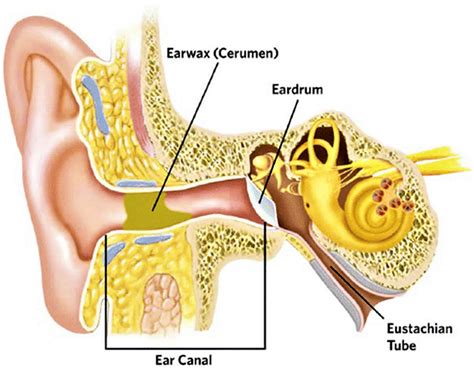
The healthcare professional may use a special tool called an otoscope to look into the ear canal and examine the eardrum and ear canal. They may also use a tympanometer to test the movement of the eardrum and the conduction of sound.
In some cases, the healthcare professional may also use a CT scan or other imaging test to evaluate the ear canal and look for signs of blockage or impaction.
Treatment of Earwax Impaction
The treatment of earwax impaction typically involves the removal of the excess earwax from the ear canal. This can be done using a number of different methods, including ear drops, irrigation, and manual removal.The healthcare professional may also recommend the use of ear drops or other medications to help loosen and remove the earwax. In some cases, the healthcare professional may also recommend the use of a hearing aid or other device to help improve hearing.
Prevention of Earwax Impaction
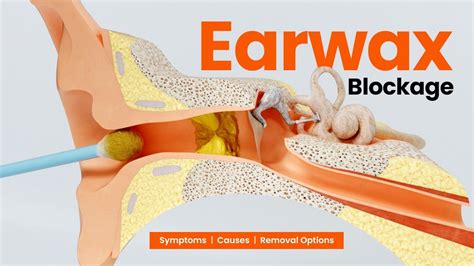
Instead, it is recommended to clean the outer ear with a washcloth or soap and water. This can help to remove dirt and other debris from the outer ear, without pushing the earwax further into the ear canal.
It is also important to avoid using ear drops or other medications that can dry out the ear canal. This can cause dryness and irritation, and can also lead to infection.
Importance of Regular Ear Check-Ups
Regular ear check-ups are important for maintaining good ear health and preventing earwax impaction. During a check-up, the healthcare professional can examine the ear canal and look for signs of blockage or impaction.The healthcare professional can also provide guidance on how to properly clean and care for the ears, and can recommend treatment if necessary. Regular ear check-ups can help to prevent earwax impaction and other ear-related problems, and can also help to identify any underlying conditions that may be contributing to earwax impaction.
What is earwax and what is its function?
+Earwax, also known as cerumen, is a natural substance produced by the glands in the ear canal. Its function is to protect the ear canal from dirt, dust, and other foreign particles, and to keep the ear canal moist and lubricated.
What are the benefits of earwax?
+The benefits of earwax include protecting the ear canal from dirt, dust, and other foreign particles, keeping the ear canal moist and lubricated, and regulating the pH balance of the ear canal.
How can I prevent earwax impaction?
+To prevent earwax impaction, avoid using cotton swabs or other objects to clean the ear canal, clean the outer ear with a washcloth or soap and water, and avoid using ear drops or other medications that can dry out the ear canal.
What are the symptoms of earwax impaction?
+The symptoms of earwax impaction include hearing loss, earache, itching or discomfort in the ear, and a feeling of fullness or blockage in the ear.
How is earwax impaction diagnosed and treated?
+Earwax impaction is typically diagnosed by a healthcare professional, who will examine the ear canal and look for signs of blockage or impaction. Treatment typically involves the removal of the excess earwax from the ear canal, and may include the use of ear drops or other medications to help loosen and remove the earwax.
